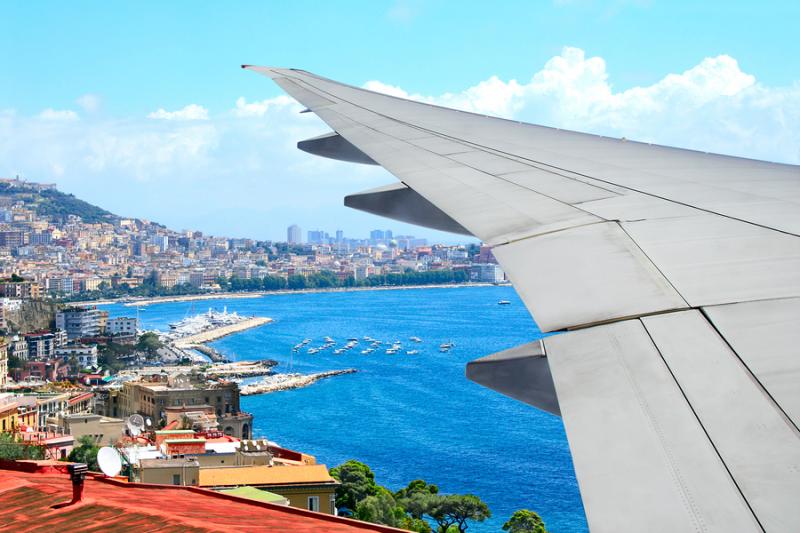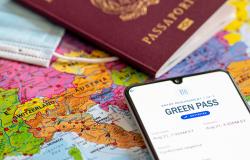Following the request of the European Commission, the European Aviation Safety Agency (EASA) and the European Center for Disease Prevention and Control (ECDC), have put together a protocol with new guidelines and recommendations for flying safely in Europe and help avoid the spread of Covid-19.
The guidelines apply to both passengers and on-board personnel and include the recommendation to wear face masks, frequently clean hands and keep a safety distance of 1.5 meters in the airport and whenever possible.
Face masks
“The wearing of medical face masks should be recommended for all passengers and persons within the airport and aircraft, from the moment they enter the terminal building at the departure airport until they exit the terminal building at the destination airport,” says the document compiled by EASA-ECDC. “Exemption to the obligation to wear face masks can be made for instances where otherwise specified, such as during security checks or border control. Children below 6 years old and people having a medical reason for not wearing face masks can also be exempted.”
In addition, the document specifies that passengers should be reminded to replace their face mask every four hours, so for long-haul flights passengers will need to “ensure a sufficient supply of masks adequate for the entire duration of their journey.”
“The use of face masks should be considered only as a complementary measure and not as a replacement for established preventive measures, such as physical distancing, respiratory etiquette, meticulous hand hygiene and avoiding touching the face, nose, eyes and mouth,” the document clarifies.
Access to airports
It is recommended to subject departing passengers entering the terminal to temperature checks immediately after entering the airport premises, says the document. Temperature must not exceed 38°C (in Italy the limit is 37.5°C).
It is recommended for passengers to provide a statement regarding their COVID19 status before being issued a boarding pass, preferably as part of the check-in process, and they should be informed of the legal consequences for providing false information.
Those who have been subjected to checks at European Union airports at departure may be exempted from further checking once they have disembarked.
Boarding and disembarking procedures
When boarding via a boarding bridge, airlines are advised to board passengers by rows starting with the furthest row from the aircraft doors or, alternatively, starting with all window seats, then middle seats, followed by aisle seats.
Where buses are used in the boarding process (this often happens in Italy), an increased quantity should be considered in order to accommodate for physical distancing inside them, says the protocol.
When disembarking, passengers sitting in the rows closest to the exit should be disembarked first, starting with those who sit in the corridor seat, then central seat and lastly the window side.
The EASA and ECDC guidelines also mandate to minimize the amount of hand luggage taken into the cabin, in order to expedite the boarding and disembarking procedures and to reduce the movements and potential contamination in the cabin.
On board the aircraft
If physical distancing cannot be guaranteed on board the plane, passengers and crew members “should adhere at all times to all the other preventive measures including strict hand hygiene and respiratory etiquette and should wear a face mask.”
On-board service should be reduced to the minimum necessary.
Families and passengers traveling together can sit close together. If spacing cannot be guaranteed due to filling rates, seat position or other operating restrictions, then all other preventive measures should be taken at all times including strict hand hygiene and respiratory etiquette and should wear a face mask.
In general, passengers should be required to observe the following measures at all times:
- Hand hygiene – by washing with water and soap or, where this is not available, using alcohol based hand sanitizing solution.
- Respiratory etiquette – covering the mouth and nose with a paper towel cover or a flexed elbow when sneezing or coughing, even when wearing a mask.
- Limiting the direct contact (touch) of any surfaces in the airport and on the aircraft to only when necessary.


















